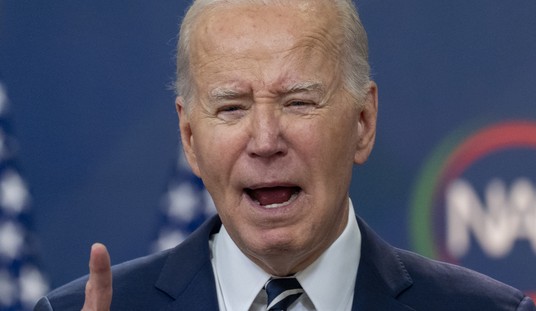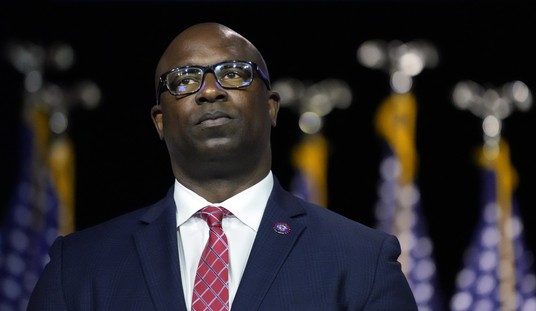Having attended major trade conventions like SIGGRAPH and NAB in the past, I’ll say this about SXSW. It’s one of the best conventions/festivals/trade shows to be found anywhere in the world. It’s well organized, well run (well, except for the wifi) and it’s mindblowingly diverse and forward-thinking. But it may have already outgrown its host city, Austin. We have the conventions space and the rentable venues and hotel space (barely, in the latter). What do not have are the roads to keep the festival from becoming a major irritant for the people who actually live and work in Austin.
When SXSW isn’t in town, Austin’s population is about 850,000. When SXSW is in town, that number swells to about 1,050,000. Those people bring a lot of money to town, so there’s no question in the grand scheme things that SXSW’s visitors are welcome.
The roads around the city aren’t even built to handle its everyday population. When the city swells by about 25% for SXSW’s fortnight, the city’s infrastructure simply cannot handle the influx. Despite the fact that Austin’s total footpring — about 272 square miles — dwarfs Manhattan’s 23 square miles, there just isn’t room on the roads to deal with such a sudden population surge. And city decisions are making things worse, not better.
Today was a good case in point. I-35 is the main artery running through Austin north to south. It doesn’t just serve Austin, it leads north to Waco and eventually to Dallas and beyond. South, it hits San Antonio and other arteries that lead to points south including the Texas-Mexico border in Hidalgo County. It’s a major trade artery for the state and nation, 24/7/365. But because it only gets to eight lanes maximum as it goes through Austin, and four of those lanes are in the dark, dangerous Death Star trench on the bottom deck, 35 is far too easy to disrupt. Today a pair of what appeared to be minor fender benders shut the whole thing down southbound, backing up traffic and trade for miles.
Now, I-35 is federal/state and Austin isn’t solely to blame for its thinness. But Austin is to blame for leaving drivers up on 35 with nowhere to go. The city has already been shutting down some of its interior road lanes for bus and bike traffic. Those shutdowns have in turn closed off some parking lots. And with SXSW in town, the city shut down even more interior roads to create a street festival atmosphere. The gridlock on 35 soon became gridlock downtown. There was nowhere to go, nowhere to park. SXSW on-foot attendees probably had little idea that the town around them had gone sclerotic, but for locals who already tend to resent the traffic increase, gridlock became misery.
I-35 clearly needs to be dealt with, but so does Austin’s habit of going left and fooling around with old ideas. Mayor Lee Leffingwell’s big idea is to keep adding bike paths and bus lanes plus “Rail or Fail,” essentially, expanding Austin’s Metro rail system. Whether you build roads or rails taxpayer dollars will be used and public debt will be increased, but rail is a favorite, and very expensive, rolling obsession of folks of a leftist bent like Leffingwell. Once you build trains, unless they become efficient systems (which they hardly ever do — see AMTRAC), they become a permanent public expense over and above the roads. Never mind that this is Texas, a sprawling state with sprawling cities where rail tends to be under-used, and never mind that nearly every time a city gets going on a rail project, they go way over budget and end up getting years behind schedule, just to build something that relatively few people use. And never mind that Austin’s Metro has been both over budget and behind schedule and still doesn’t offer much in the way of flexibility or speed. Or just getting you from Point A to Point B in the time that the rail system promises. Never mind that rail hasn’t really worked in either Houston or Austin, at least not yet, both because of the culture here but also because the cities are just so physically spread. Austin’s leaders see none of these problems, they just think they haven’t told their dazzling story about trains (a 19th Century way of thinking, to be honest) articulately enough.
Never mind all that. Austin is already host to major events like SXSW, Austin City Limits and every Longhorn home football game. It’s also now the host for F1 racing, though the Circuit of the Americas is located far enough outside downtown to produce less of an impact than events like SXSW. It’s the capital of Texas, which is larger than most countries by itself. Austin needs to stop shutting down roads meant for cars in favor of turning them into bike paths or giving them over to bus use as a means of forcing residents and visitors onto public transportation. It should also stop kowtowing to the taxi industry via its misguided crackdown on Uber. If it wants to be a major destination and a big star on the map, then Austin really needs to grow up.








Join the conversation as a VIP Member